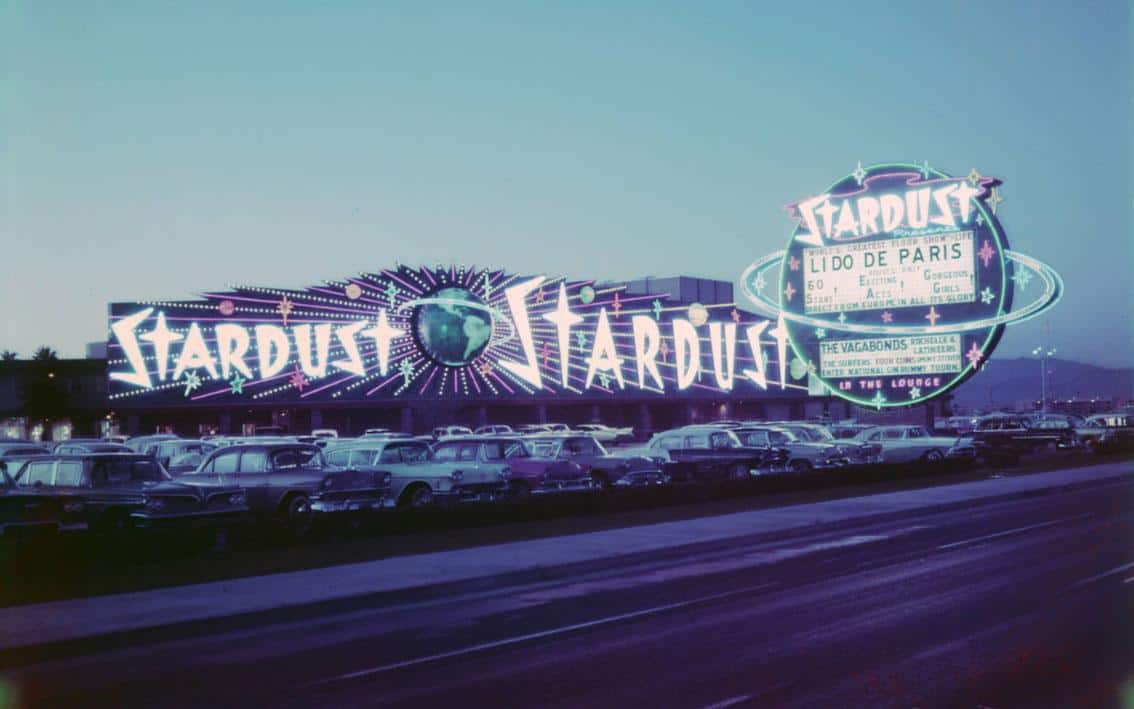
The Stardust Hotel and Casino
The Stardust Casino, a name etched in the annals of Las Vegas history, tells a tale of glamour, intrigue, and a touch of infamy. At its helm was Tony Stralla, affectionately known as “Tony Stardust,” who envisioned a casino that welcomed all with open arms. Unlike its high-end counterparts, The Stardust lacked the elegance of The Desert Inn or the sophistication of The Sands, but it embraced a different charm. One that catered to the everyman, devoid of the need for high-roller status or celebrity credentials.
Tony Stralla’s vision materialized in a unique business model: charging $5 a day for rooms while generously gifting each guest $5 in chips, akin to a contemporary welcome bonus with a deposit match at online casinos today. The Stardust became a casino for the people, where the allure lay not in exclusivity but in accessibility.
However, the road to The Stardust’s grand opening was fraught with challenges. From zoning issues leading to the initial loss of its gambling license to changing ownership multiple times, the casino overcame numerous hurdles before it could welcome its first patrons.
The casino’s troubled start did not deter its eventual success, and it became a staple of the Las Vegas Strip. The Stardust, initially slated to open in 1955, faced setbacks that included the loss of its gambling license due to state zoning issues. The property changed hands, and Mr. Las Vegas Mo Dalitz became part of a group that purchased the still-unfinished and license-less Stardust. This tumultuous journey became the inspiration for the movie “Casino,” starring Robert De Niro.
“Casino,” directed by Martin Scorsese and released in 1995, is a cinematic portrayal of the Stardust’s history. While the film takes some liberties for dramatic effect, it accurately captures the essence of the illicit activities that occurred within the casino, including money skimming and laundering. The Stardust Resort and Casino, run by the mafia during the 1970s and 1980s, was indeed one of the most profitable establishments on the Las Vegas Strip.
The legacy of the Stardust endures not only through the cinematic lens of “Casino” but in the collective memory of Las Vegas. Its story reflects an era of both allure and menace, showcasing the complex tapestry that defined the city during that time. Today, the Stardust may no longer stand, but its impact resonates as a testament to the ever-evolving and captivating narrative of Las Vegas.
Vegas Casino History:

Las Vegas History: The Official Naming of Las Vegas 1905
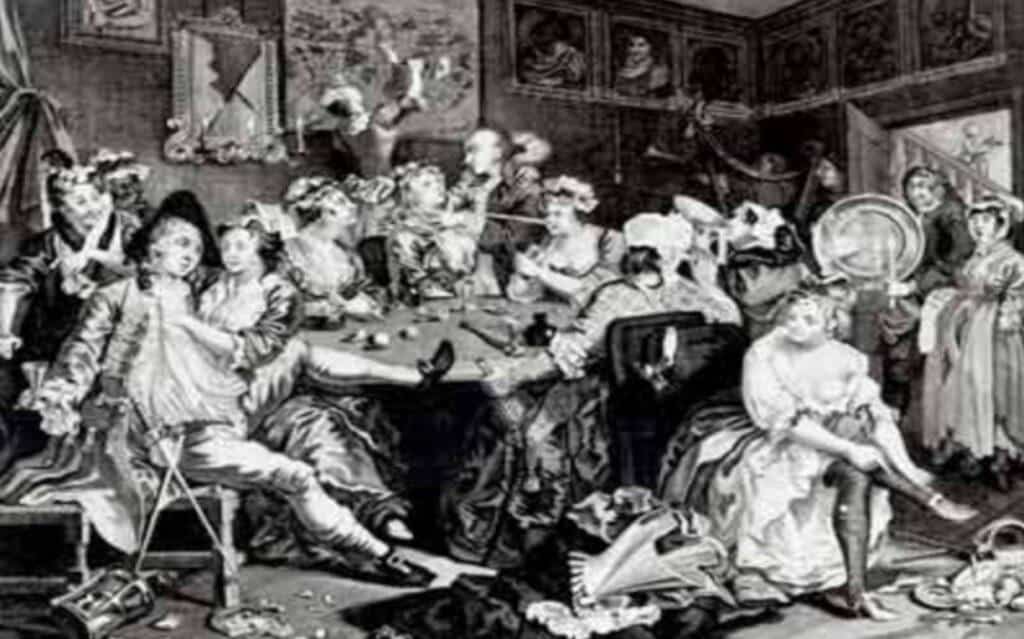
Las Vegas History: Las Vegas and It’s Vices in the 1850s
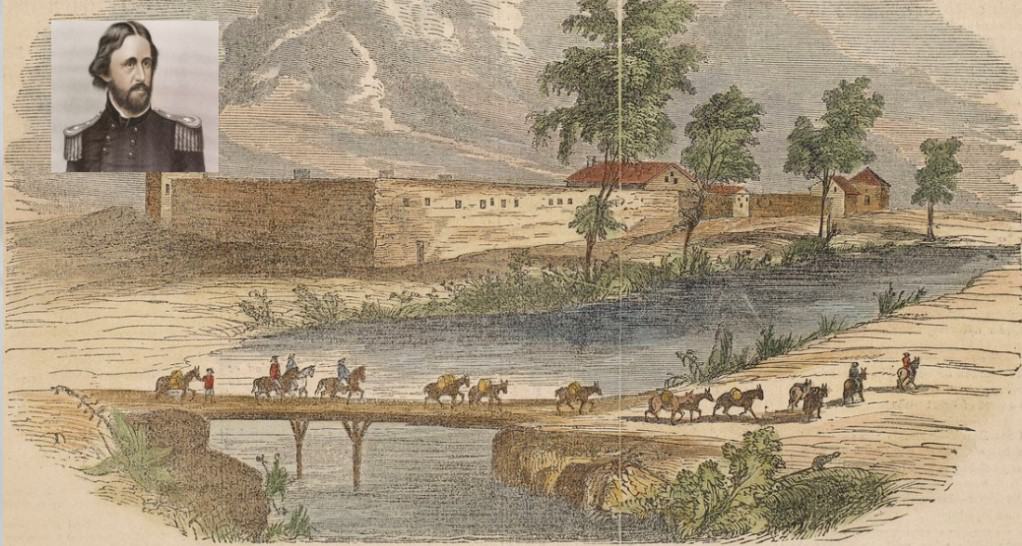
Las Vegas History: John C Fremont
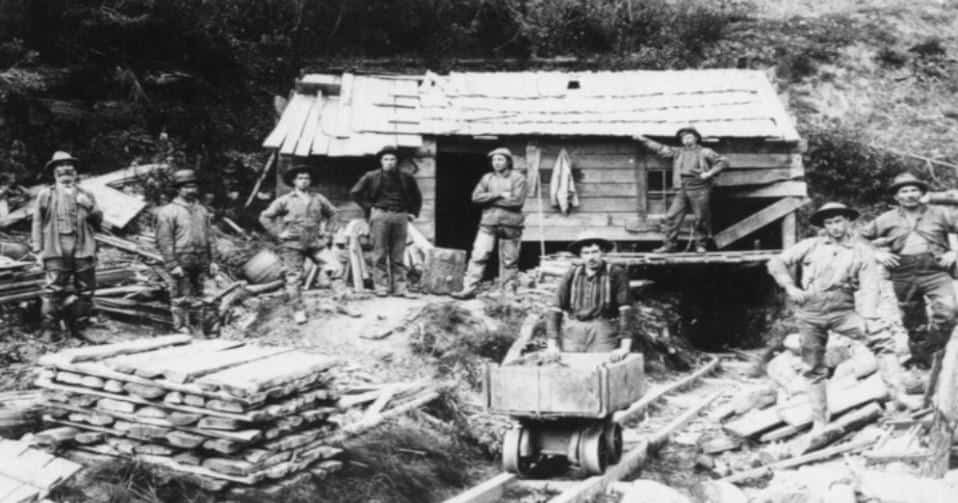
Las Vegas History: The Gold Rush in the Nevada Desert and It’s Impact on Las Vegas in the 1800s
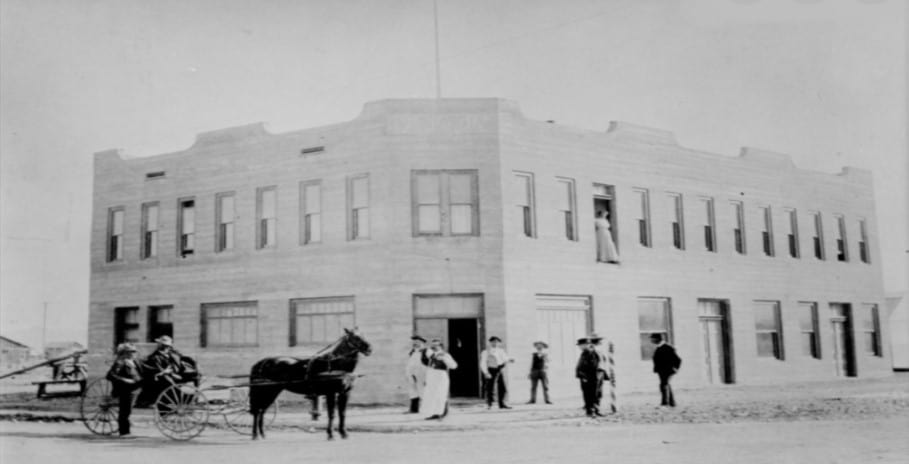
Vegas History: What Was The First Casino in Las Vegas?
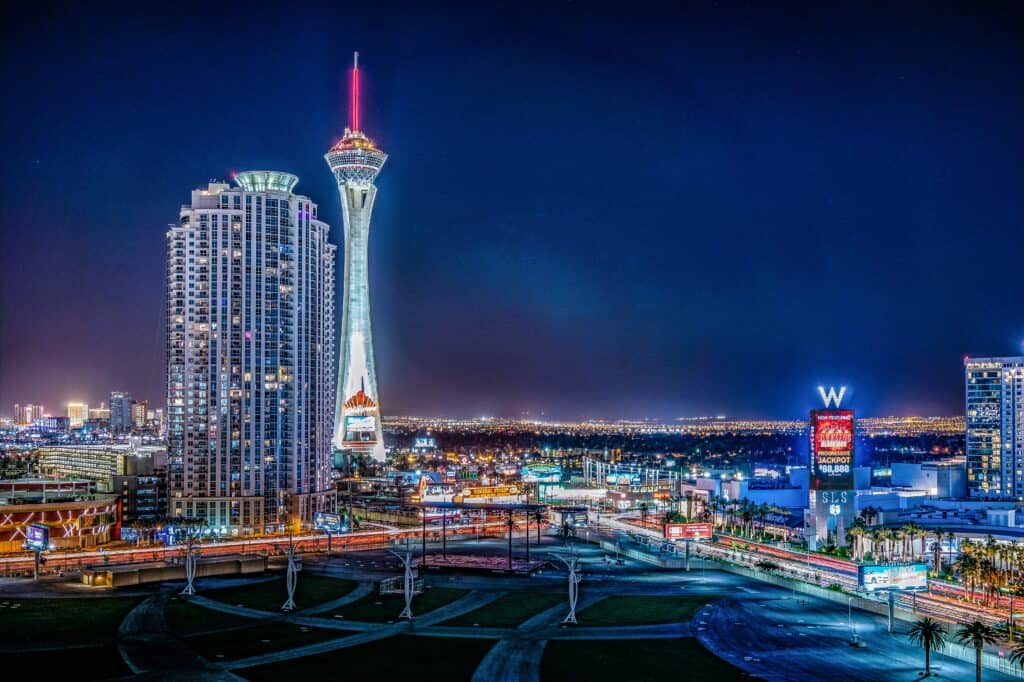
World Gambling News: The Influence of Las Vegas on the Global Gaming Industry
Frequently Asked Questions (FAQs):
1. Who was Tony Stralla, and what was his role in the creation of the Stardust Casino?
Tony Stralla, also known as “Tony Stardust,” was the visionary behind the inception of the Stardust Casino. His unique approach aimed to create a casino that welcomed all, irrespective of their high-roller status or celebrity credentials.
2. What distinguished the Stardust from other casinos on the Las Vegas Strip?
Unlike high-end establishments like The Desert Inn or The Sands, the Stardust embraced a charm that catered to the everyman. It lacked the elegance of its counterparts but focused on accessibility, offering a distinct appeal to a broader audience.
3. What was the business model of the Stardust, and how did it differ from other casinos?
The Stardust implemented a distinctive business model, charging $5 a day for rooms and providing each guest with $5 in chips. This approach, reminiscent of a welcome bonus with a deposit match, set the Stardust apart by making it a casino for the people.
4. What challenges did the Stardust face during its construction and early days?
The casino’s journey to grand opening was fraught with hurdles, from zoning issues leading to the loss of its gambling license to changing ownership multiple times. Despite setbacks, the Stardust emerged as a staple on the Las Vegas Strip.
5. How did the Stardust recover from its troubled start and gain success?
Despite the initial setbacks, the Stardust rebounded and became a thriving establishment. It overcame challenges, including the loss of its gambling license, and eventually became an integral part of Las Vegas entertainment.
6. What role did Tony Stralla play in the history of the Stardust, and why was he dubbed “Tony Stardust”?
Tony Stralla’s vision and involvement in the Stardust’s creation earned him the affectionate moniker “Tony Stardust.” His commitment to creating a welcoming casino atmosphere contributed significantly to the establishment’s identity.
7. Was the movie “Casino” based on the Stardust, and how accurate is its portrayal?
Yes, “Casino” is based on the history of the Stardust Resort and Casino. While the film takes some liberties for dramatic effect, it accurately captures the essence of the illicit activities within the casino, including money skimming and laundering.
8. Who were some of the famous personalities associated with the Stardust during its prime?
The Stardust attracted some of the biggest names in entertainment during the 1950s and 1960s, including Frank Sinatra, Dean Martin, and Sammy Davis Jr. It became a popular hangout for celebrities, adding to its allure.
9. How did the Stardust contribute to the allure of Las Vegas during its heyday?
The Stardust, with its vibrant entertainment and glamorous atmosphere, contributed to the allure of Las Vegas during its heyday. Its unique charm and accessibility made it a beloved destination for a diverse audience.
10. What is the legacy of the Stardust, and how does it resonate in Las Vegas today?
Although the Stardust is no longer standing, its legacy endures as an important part of Las Vegas history. It symbolizes an era of allure and intrigue, showcasing the ever-evolving narrative of the city and its captivating past.





